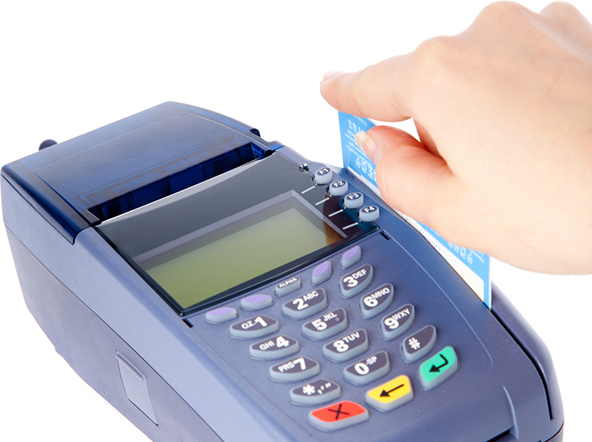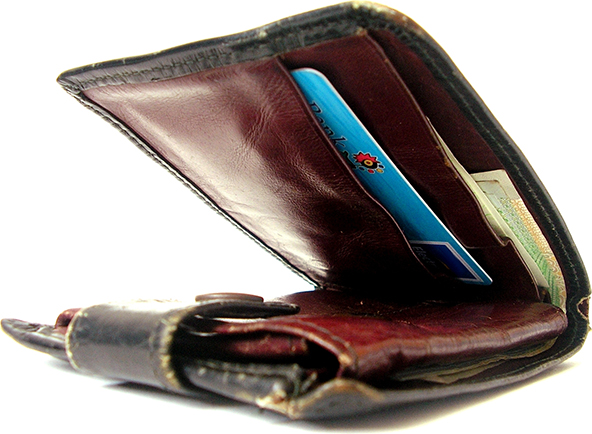10 Tips for Buying and Using Gift Cards

This holiday season many millions of Americans will again be buying, giving and using gift cards. It is such a convenient and easy way to resolve one’s gift shopping dilemmas. Not to mention that the outsourcing of the real shopping decision works just as well for the gift recipient who gets to buy something he or she actually likes. Merchants love gift cards too, not least because a substantial portion of the funds never get used up by the cardholders.
Small wonder then that gift cards, and prepaid cards in general, are the fastest-growing non-cash payment type in the U.S. Yet, loved as they are, gift cards are far from risk-free. Buyers usually see them as nothing more than a convenient way to complete their shopping lists quickly and painlessly and users are spending someone else’s money, so no one is remotely as cautious with gift cards as they are with, say, their credit cards. Yet, it seems to me that you owe it to both yourself and the person you are buying the card for to ensure that you are getting a good deal for your money and these 10 tips will help you do that.
10 Tips for Buying and Using Gift Cards
1. Buy from trustworthy sources. Avoid buying gift cards from sellers like online auction sites, which may sell you counterfeit or fraudulently obtained cards.
2. Understand the terms and conditions. Find out if there is a fee to buy the card or, if you buy it by phone or online, for shipping and handling. If you don’t like what you see, buy elsewhere.
3. Check if any fees will be deducted from the card after you buy it. Preferably, that would not happen.
4. Ensure that the card is valid. Make sure that none of the protective stickers have been removed. Verify that the codes on the back of the card haven’t been scratched off to expose the PIN. Report any cards that have been tampered with to the merchant.
5. Give the recipient the original receipt. If the card is a gift, make sure it is accompanied by the sales receipt, so that the recipient can prove the card’s purchase in case it is lost or stolen.
6. Consider the retailer’s financial situation. More specifically:
- If you buy a card from a retailer that is going out of business or is filing for bankruptcy, you may be getting less value than you originally thought. Yet, a company may be accepting its gift cards while the bankruptcy procedures are ongoing or it may start doing so at a later date.
- If the retailer is closing a store near you, there may not be another location nearby.
7. Check the expiration date. Under the CARD Act, gift cards must be good for at least five years from the date of purchase, or from the last date any additional money was added to the card. If an earlier expiration date is listed, the money can be transferred to a replacement card at no cost.
8. Ask for an expired card to be replaced. If your card has expired or fees have been deducted, contact the issuer. They may agree to replace the card or reverse the fees.
9. Use your card early. Don’t delay using your card for too long, because you may misplace it or forget about it.
10. Report lost or stolen cards. The issuers are free to decide how to handle reports for lost or stolen cards. Some will do nothing, but others will replace your card, usually for a fee. The only way to find out how your incident will be handled is to call the issuer directly and report it.
The Takeaway
There are two types of gift cards: retail and bank gift cards. The former can only be used at the merchants that sell them and whose brand logo they display, while the latter bear the logo of a bank card network (e.g. Visa, MasterCard, etc.) and are accepted anywhere this network’s other cards are accepted. All other things being equal, you would be much better off buying a bank gift card, because of the flexibility it offers.
Image credit: Flickr / 401(K) 2013.


